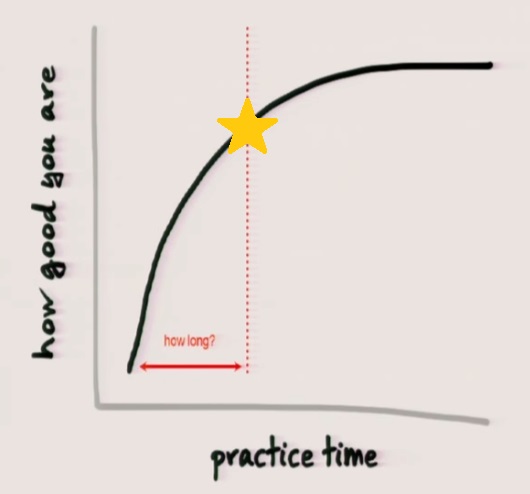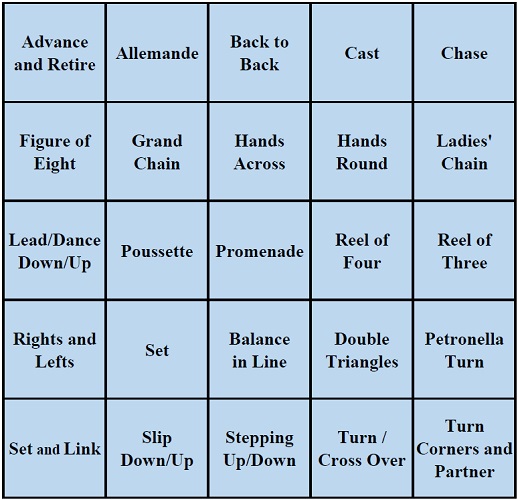
| Volume 35 #2 | September/October 2018 | |
I viewed a TED Talk video titled The first 20 hours -- how to learn anything by Josh Kaufman, and applied the four steps to learn the Scottish dancing skill.
 |
The TED Talk began by observing that it takes 10,000 hours, which is around 5 years of a full-time job, to reach expert-level performance. However with only 20 hours of focused practice, we can rapidly become good at performing any skill.
The speaker outlined the four steps to rapid skill acquisition in order to practise intelligently and efficiently, to invest 20 hours in the most effective way possible. He then demonstrated how he applied the steps to learn to play the ukulele.
1 Deconstruct the skill
Identify exactly what you want to be able to do when you are done, and break down the skill into smaller pieces. Decide which pieces are more important, then practise those first.
"Most of the things that we think of as skills are actually big bundles of skills that require all sorts of different things. The more you can break apart the skill, the more you're able to decide what are the parts of the skill that will actually help me get to what I want? And then you can practise those first. If you practise the most important things first, you'll be able to improve your performance in the least amount of time possible."
2 Learn enough to self-correct
Learn just enough that you can practise and self-correct as you practise. Learning becomes a way of getting better at noticing when you are making a mistake, then doing something different. This helps to avoid procrastination.
3 Remove practice barriers
Eliminate distractions like television, the internet, things that get in the way of doing the work. Use a little bit of will power to remove the distractions.
4 Practise at least 20 hours
Most skills have an initial frustration barrier. We don't like to feel stupid. Committing to practise 20 hours overcomes the frustration barrier, to stick with the practice long enough to reap the rewards. The major barrier to skill acquisition isn't intellectual -- it's emotional.
 |
Let's apply the steps to learning the Scottish dancing skill in classes.
1 We can deconstruct the skill into four areas:
Learn the five footwork steps. Practise steps accurately to avoid
forming bad habits which are challenging to unlearn.
 |
Learn 25 frequent formations that are components of a dance, amongst those listed here:
http://my.strathspey.org/dd/formation/
Learn phrasing: the ability to dance the steps in time with the music and perform a formation within the defined phrase of music and to transition smoothly from one formation to the next; and covering: awareness of our position relative to the other dancers, in order to clearly define the pattern of the dance and synchronize matching movements.
Learn dancing with the entire brain: intellectual and emotional.
We want to invest maximum time moving to get the feeling of the dancing skill. Focus on the leading and supporting dancer roles while learning a dance. Learn how to retain 32-bars of four 8-bar formations in our short-term memory.
2 The dance classes give us an opportunity to practise and self-correct as we practise. We expect to make mistakes. Learning how to recover from a mistake is a useful skill; dancers feel they are growing and want to continue learning.
3 Form a routine to attend the dance classes to learn the dancing skill, and have fun interacting with our fellow dancers.
4 Embrace the growth mindset and know that we expect to feel uncomfortable to learn the new skill at the beginning. Fear of feeling stupid or looking stupid is a significant reason why over 95 percent of the public do no dancing of any kind. Let's learn Scottish dancing -- it only takes 20 hours.